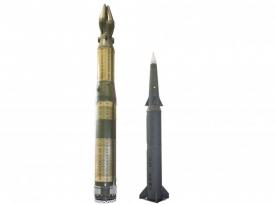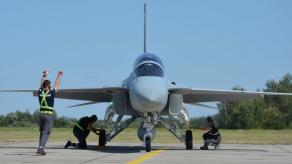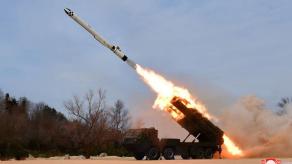The UK Ministry of Defense has issued a tender under the Brakestop project for the development of new long-range weapon system, designed to meet operational challenges in the ongoing war with russia. The goal is to acquire a cost-effective, mass-produced surface-to-surface weapon system with extended range capabilities.
The concept behind the Brakestop project closely resembles Ukraine’s Palianytsia drone, an improvized wartime cruise missile. The project specifications clearly reflect combat-driven requirements, calling for the development of a cruise missile, ballistic missile, or drone capable of striking ground targets. The system must be launched from a ground-based platform, achieve a minimum speed of 600 km/h, and hit targets within a range of 600 kilometers with an accuracy of 30 meters, even under active electronic warfare conditions and in the absence of satellite navigation along the flight path and at the target site.
Read more: UK Deliver More AS90 Artillery Guns to Ukraine Than Planned
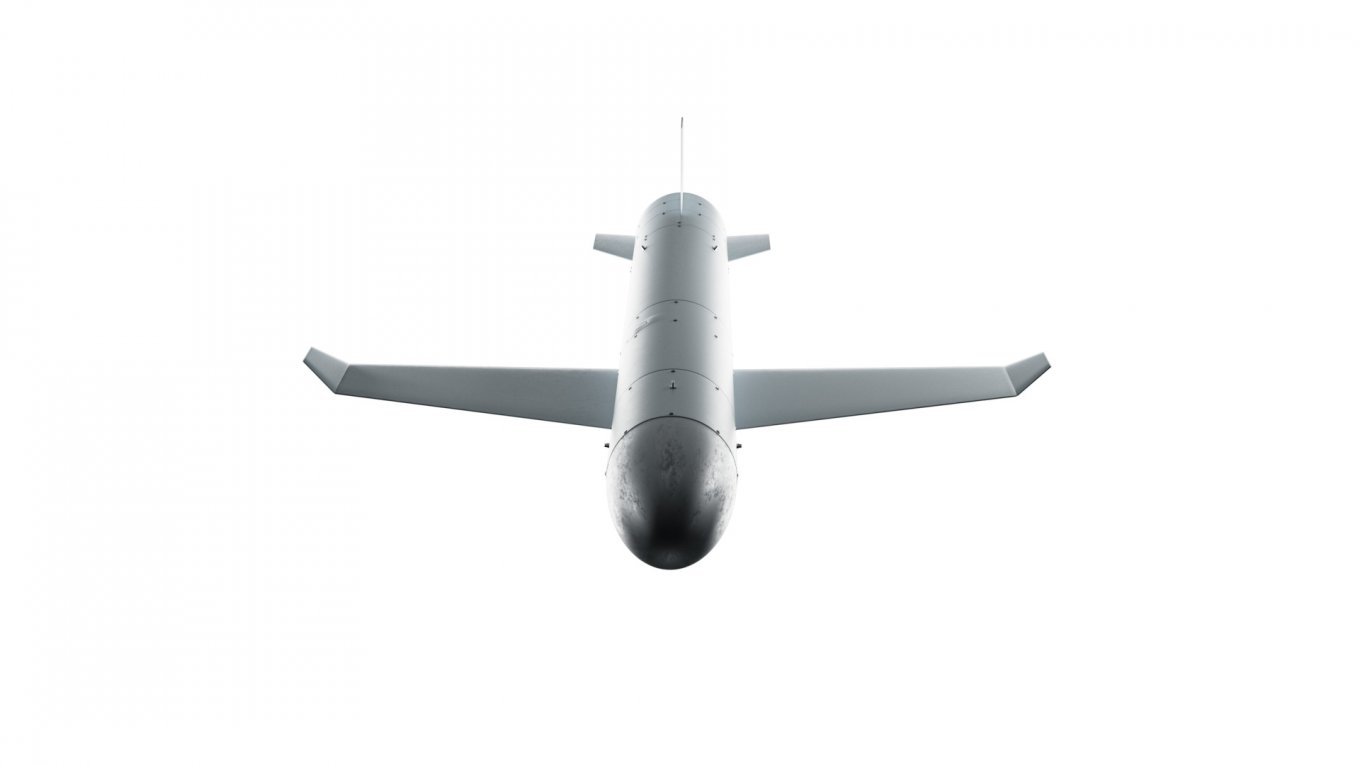
Unlike other systems such as Anduril’s Barracuda AAV, which uses smaller warheads, the Brakestop project demands a payload capacity of 200-300 kg, equivalent to the Mk 82 500-pound general-purpose bomb. However, the defining requirements for the Brakestop project emphasize not just technical capabilities, but also cost efficiency and rapid deployment.
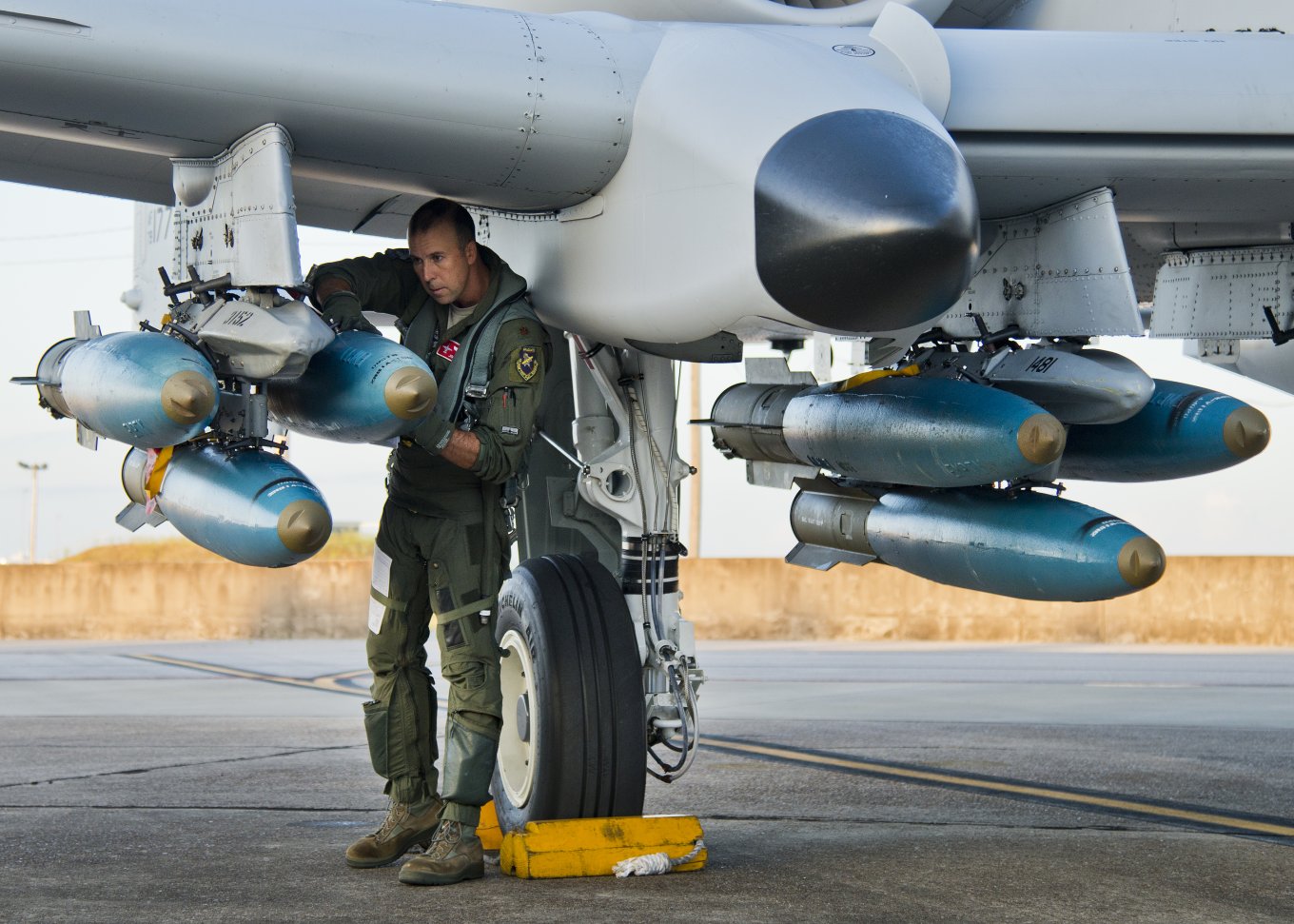
The system’s unit cost is capped at £400,000 (approximately $535,000), excluding taxes. Prototypes must be ready for testing by the second quarter of 2025, with serial production slated to begin by September 2025. The initial production rate is set at 20 units per month, equating to 240 units annually, with potential for future scale-up.
The aggressive timeline from development to production, spanning just one year, underscores the urgency of the program. The first critical deadline is October 2, when proposals are due. Successful bidders may receive up to £5 million in government funding, making the progress of the Brakestop project a key development to watch.
Read more: The UK Ministry of Defence Buys 300 Large FPV Drones for Ukraine






